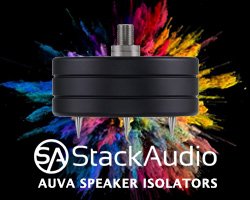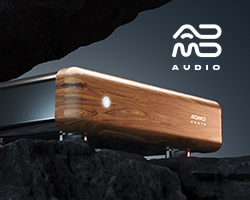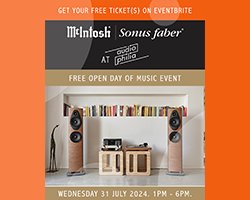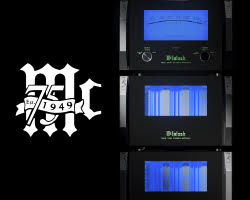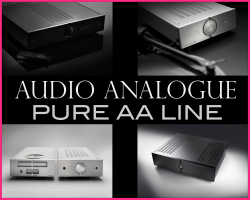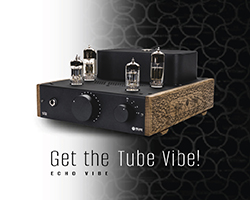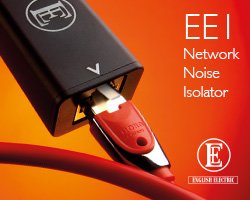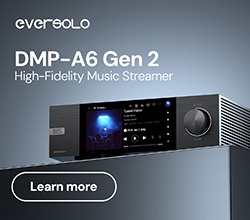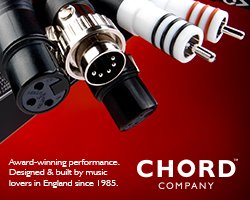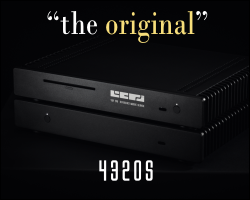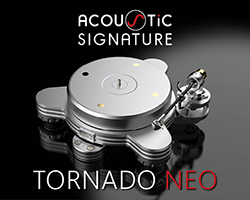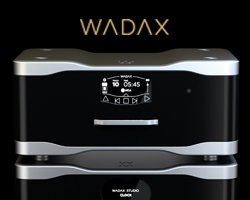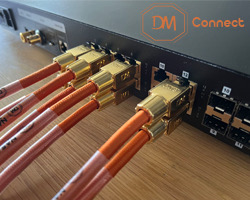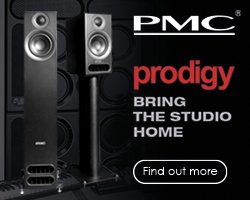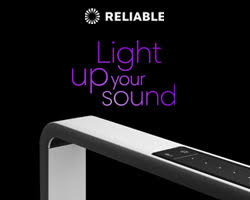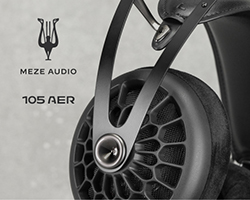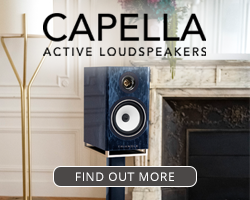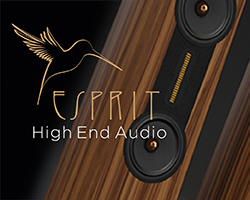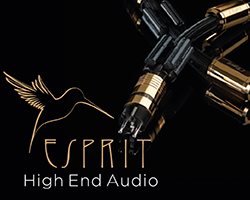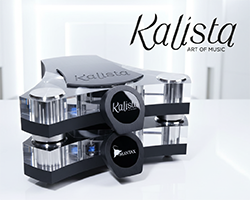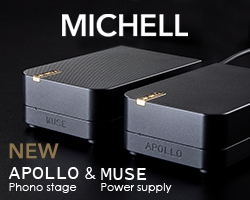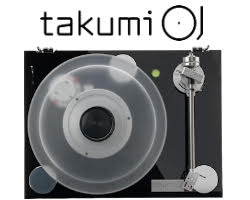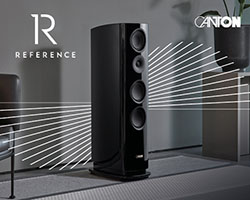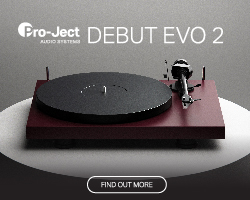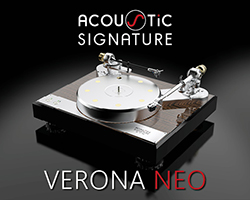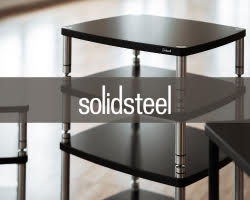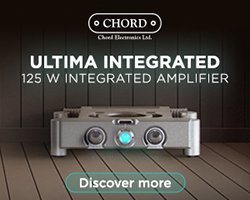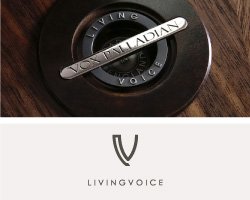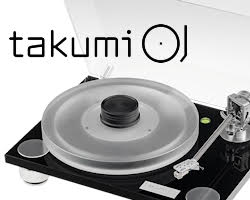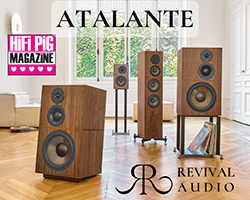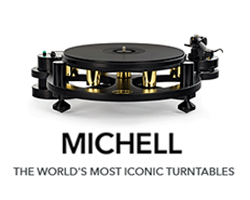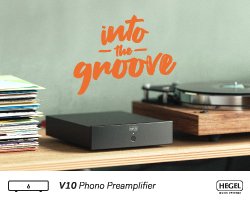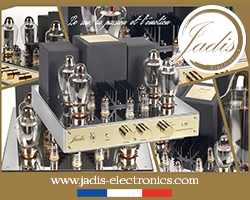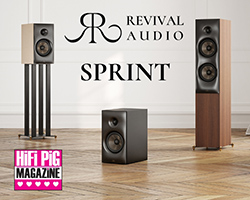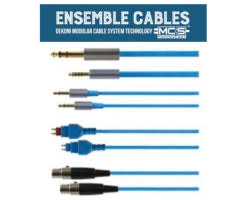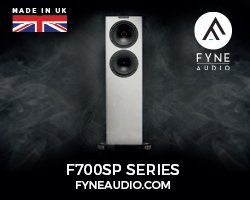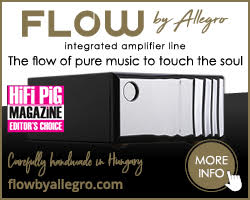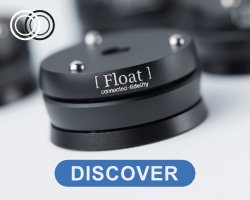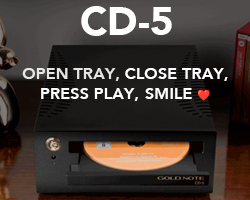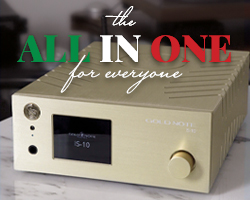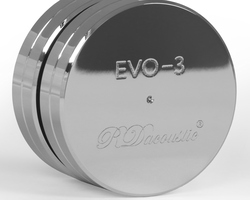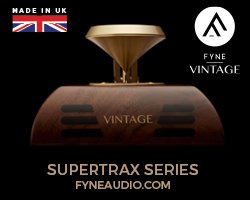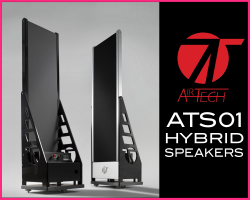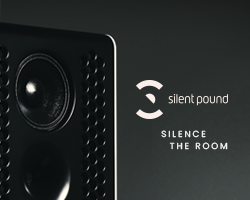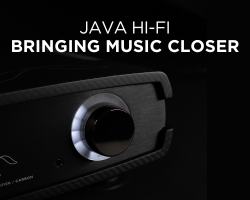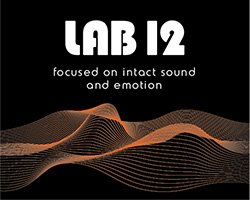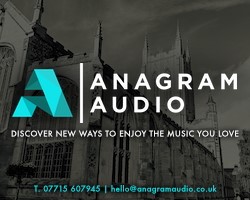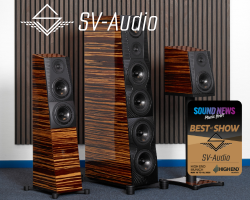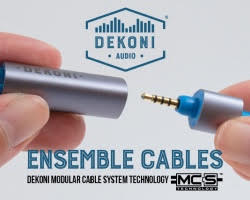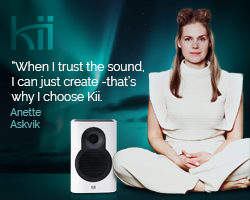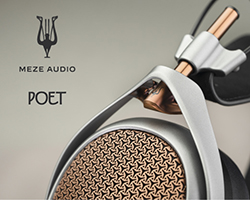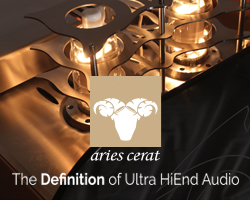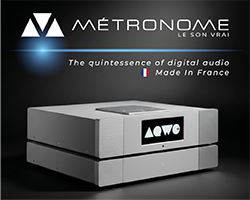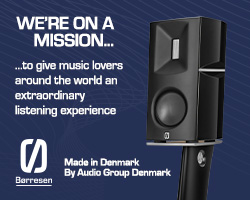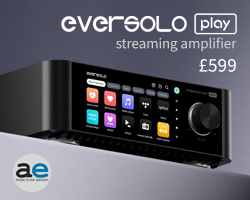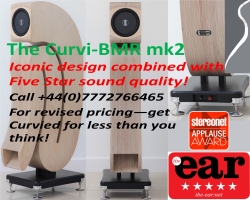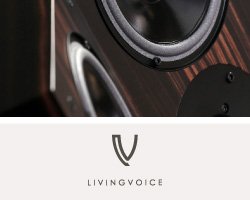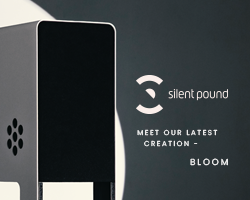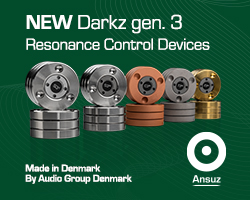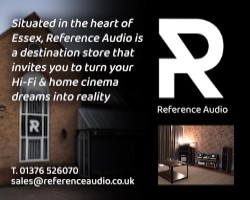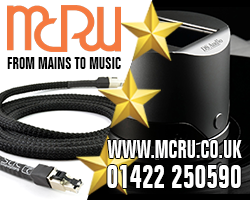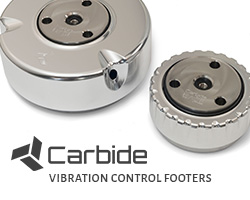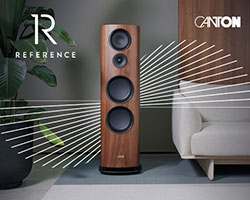A Beginner’s Guide to Loudspeakers

Loudspeakers are the backbone of any HiFi setup, and some would argue the most important component to get right – here at HiFi PiG Towers, we certainly have a bit of a fetish for speakers. However, for those new to the world of audio or looking to broaden their understanding, the variety of loudspeakers available can seem overwhelming. This article breaks down the different kinds of loudspeakers, their designs, and features, and is intended for both beginners to the world of home audio looking to navigate what can seem like a whole new world of terminology.

Stand-Mount (Bookshelf) vs. Floor-Standing Speakers
Stand-Mount Speakers: These (usually) compact speakers are designed to sit on stands or shelves. They typically offer a more focused soundstage and are great for smaller rooms or those that prefer near-field listening. They can excel in producing midrange and treble but may lack deep bass without the addition of a subwoofer.
Floor-Standing Speakers: Also known as tower speakers in the States, these models are larger and can house more drivers, including those dedicated to low frequencies. Their size allows them to move more air in the room, producing a fuller sound with deeper bass, making them ideal for larger rooms or listeners seeking a more powerful audio experience.
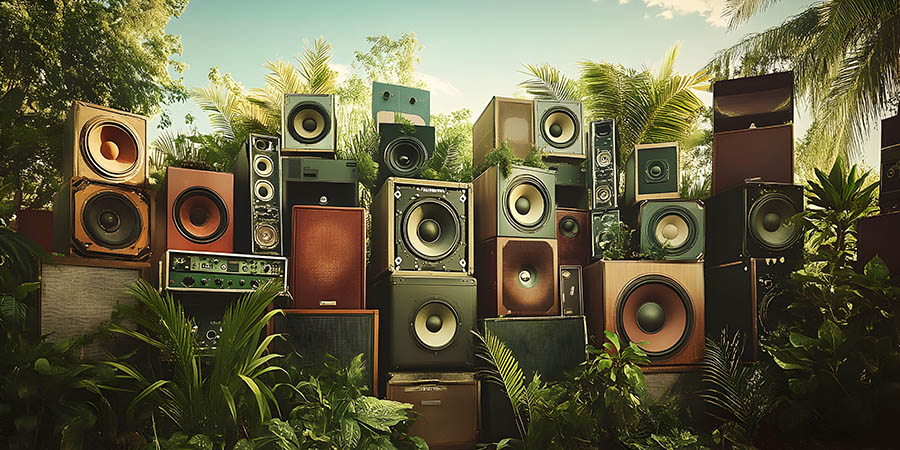
Traditional Multi-Driver Speaker Design
Multi-Driver Speakers: Most traditional speakers use multiple drivers (e.g., woofers, midrange drivers, and tweeters) to cover different parts of the frequency spectrum. The use of specialised drivers allows for better overall sound reproduction, as each driver can focus on a specific frequency range. For example, woofers handle low frequencies, midrange drivers manage the middle of the spectrum, and tweeters reproduce high frequencies.
Crossovers: Essential to multi-driver designs, crossovers split the audio signal and direct the appropriate frequency range to each driver.
Passive & Active Crossovers
Passive Crossovers: These are components built into the speaker (though some designs use external crossover boxes that house all the components) that use capacitors, inductors, and resistors to filter and split the signal after it has been amplified. While they are simpler and don’t require external power, they can introduce energy loss, leading to less efficient power use. They are common in traditional speaker systems where the amplifier connects directly to the speaker.
Active Crossovers: Located before the amplifier in the audio signal chain, active crossovers split the signal before amplification. Each frequency band is then sent to its dedicated amplifier and driver. This setup allows for more precise control over the crossover points and driver output. Active systems are more complex and often used in studio monitors but can yield better sound quality and improved efficiency.
Open Baffle (Dipole) Systems
Open baffle loudspeakers use a flat or minimally enclosed design where the rear sound wave is allowed to interact with the room. This creates a more natural, spacious sound. Dipole systems radiate sound both forwards and backwards, producing a unique sense of depth. These speakers often need careful placement to optimise the interaction with the room acoustics. Some suggest that there is something very special about open baffle bass. Once seen as being esoteric, there are a number of brands now embracing the Open Baffle design, including Pure Audio Project and Silent Pound.
Electroacoustic Speakers
This category includes electrostatic and planar magnetic speakers.
Electrostatic Speakers: Use a thin, electrically charged diaphragm sandwiched between two perforated metal plates. They can excel at producing highly detailed, transparent sound but may lack in deep bass unless paired with a subwoofer. They also usually require more power and careful positioning due to their dipole nature.
Planar Magnetic Speakers: Combine the clarity of electrostatics with better bass response by using a diaphragm embedded with conductive material between magnets.
Horn Loudspeakers
Horn loudspeakers are unique in their ability to amplify sound through horn-like structures, providing high efficiency and a dynamic sound that many audiophiles appreciate. Within this category, there are two primary designs: front-loaded and back-loaded horn speakers, each with distinct characteristics.
Front-Loaded Horn Designs: In front-loaded horn speakers, the horn is attached to the front of the driver, effectively amplifying the sound as it projects forward into the listening space. This design is known for its direct, powerful sound projection and high sensitivity, which can deliver exceptional dynamics and clarity with minimal power. Brands such as Avantgarde Acoustic are well known for this design.
Back-Loaded Horn Designs: In contrast, back-loaded horn speakers direct the rear wave of the driver through a horn structure behind the speaker. This configuration helps extend the bass response by utilising the sound from the rear of the driver to reinforce low frequencies. While front-loaded horns focus more on the immediate output, back-loaded horns often create a fuller sound with a unique blend of direct and reflected audio. They are popular in certain audiophile circles but some may find them limiting. Brands like Lowther are known for this kind of horn loading.
Omni-Directional Loudspeakers
Omni-directional loudspeakers radiate sound evenly in all directions, creating a spacious and immersive listening experience. Unlike traditional speakers that focus sound in one direction, these designs mimic the way sound behaves in a live environment, filling the room with consistent audio.
They are ideal for casual listening or social spaces, as the sound remains even no matter where you are in the room. However, they can be sensitive to room acoustics and may lack the pinpoint accuracy of traditional speaker designs. Some love them, others less so. MBL, Duevel and others are know for omnidirectional speaker designs.
Types of Tweeters
Tweeters are essential for reproducing high-frequency sounds. Key types include:
Dome Tweeters: Commonly found in most speakers, they come in various materials such as silk (for a smooth sound) or metal (for a more precise, detailed sound).
Ribbon Tweeters: Use a thin metal ribbon suspended in a magnetic field. They produce excellent detail and speed but can be more delicate and expensive.
AMT (Air Motion Transformer) Tweeters: Compress and move air faster than traditional tweeters, producing extremely detailed and dynamic high frequencies.
Bass Loading Techniques
The way a speaker handles low frequencies can vary significantly:
Bass Reflex (Ported Enclosures): Use a port or vent that allows air to move in and out of the cabinet. This design extends low-frequency response and improves efficiency but can sometimes result in a “boomy” sound if not well-tuned. Bass ports can be front, rear, or downward firing. This is perhaps the most common bass loading you will find.
Sealed Enclosures: These are airtight and rely on internal air pressure to manage the driver’s movement. They often produce tighter, more accurate bass but are less efficient than ported designs.
Transmission Line: Involves a long, folded path inside the cabinet that helps control the movement of low-frequency waves. This design produce can deep, controlled bass and minimises distortion but is somewhat more complex and costly to build. PMC are famous for using a variation on the transmission line loading for bass.
Passive Radiator: A hybrid between sealed and ported enclosures, it uses an unpowered driver to assist in bass response, offering deeper bass without the potential port noise found in bass reflex designs.
Isobaric Configuration: This involves using two woofers mounted in tandem (one behind the other) and working in unison. The inner driver compresses the air between itself and the outer driver, effectively reducing the amount of air resistance each woofer encounters. This allows for deeper bass from a smaller cabinet compared to traditional designs. Isobaric setups provide tight, accurate bass, but are more complex and costly to implement due to the need for an additional driver and precise engineering. Perhaps the best known speaker using isobaric bass would be the Linn Isobarik (AKA The Brik)
Other Notable Designs
Coaxial (Dual-Concentric) Speakers: Have the tweeter mounted in the center of the midrange or woofer, resulting in a more coherent sound with improved phase alignment.
Full-Range Drivers: Attempt to cover the entire frequency spectrum with one driver. They’re simple and can be engaging in certain designs but often lack in extreme highs and lows. Often used with back-loaded horn arrangements, though some are used in front-loaded horns.
Hybrid Designs: Combine technologies such as electrostatic panels with dynamic woofers to achieve a blend of transparency and full-range sound.
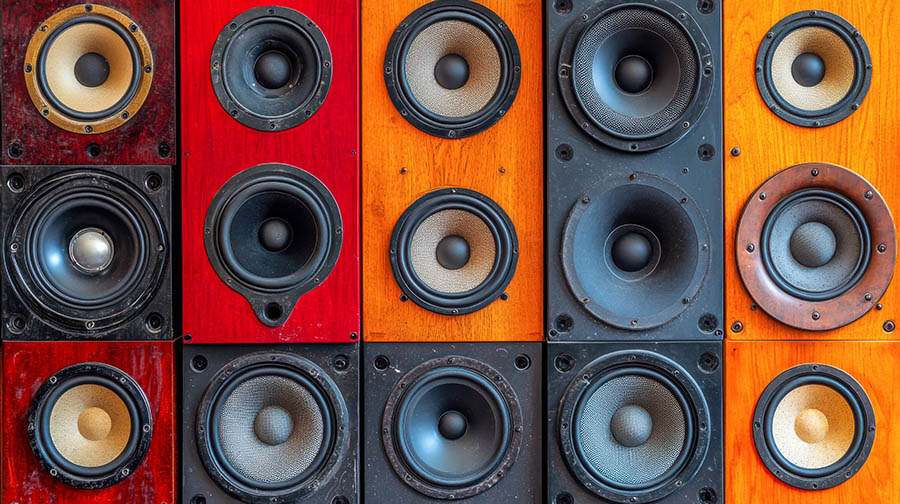
Speaker Stands
Proper speaker placement is essential for maximising sound quality, and choosing the right speaker stand is a key part of this process. Speaker stands help elevate stand-mount (bookshelf) speakers to an optimal listening level and minimise unwanted vibrations that could affect sound performance. Here, we explore how to choose the correct stand height and the various materials available.
Estimating Stand Height: The most important factor in choosing the height of your speaker stand is ensuring the tweeter is at ear level when you are in your main listening position. To estimate the height, measure the distance from your ears to the floor when seated, then subtract the height of the speaker cabinet from its base to the centre of the tweeter. The resulting number is the approximate stand height you should look for.
Materials Available for Speaker Stands:
- Metal Stands: Commonly made from steel or aluminium, known for their sturdiness and weight. Some stands will be hollow to allow you to fill with damping material such as sand.
- Wood Stands: Offer a classic appearance and come in a variety of wood types.
- Glass Stands: Provide a modern look, often paired with metal supports. Some claim that glass stands are not good for HiFi because it “rings”.
- MDF (Medium-Density Fibreboard): A budget-friendly material with a solid build that can be painted or veneered.
- Combination Stands: Some stands combine materials, such as metal with wood or glass, to balance aesthetics and durability.
Each material has unique characteristics that may influence a speaker’s interaction with the stand and the room. However, the most important aspect is that the stand is stable, solidly constructed, and at a height that positions the tweeter at ear level for optimal sound staging.
Having a basic understanding the various types of loudspeakers, their designs, and features can help you make informed decisions about your HiFi setups. Whether you’re after the crystal clarity of electrostatics or the full-bodied sound of a floor-stander, knowing the strengths and compromises of each type will guide you to an optimal listening experience and help avoid potentially costly mistakes. As always, we recommend you make a shortlist based on recommendations (HiFi PiG’s loudspeaker review section is a great place to start ) and then find a good dealer that will allow you to listen, preferably in your own home, with your own components, and music you know well.
Loudspeaker Placement
Proper loudspeaker placement is crucial to achieving the best possible sound from your system. While different speakers and room acoustics can call for specific setups, there is a widely used basic guideline that serves as an excellent starting point for beginners: the equilateral triangle placement system.
The Basic Triangle Placement System:
- Forming the Triangle: Begin by positioning your speakers and listening position so that they form an equilateral triangle. The distance between the speakers should be the same as the distance from each speaker to your primary listening position. For example, if your speakers are 6 feet apart, your listening spot should be 6 feet from each speaker.
- Speaker Angle (Toe-In): To create a focused stereo image, slightly angle (toe-in) the speakers so that they point toward your ears at the listening position. This ensures that high frequencies, which are more directional, reach you directly and provide clarity and detail in the sound.
- Distance from Walls: Placing speakers too close to walls can result in boomy or uneven bass response, while pulling them too far into the room can lead to a loss of bass impact. As a starting point, position speakers at least 30-60m (1-2 feet) from the rear wall and experiment with their distance from the side walls to reduce reflections.
- Listening Height: Ensure that the tweeters are at ear level when you are seated, as this is where high-frequency sound is best perceived. Using speaker stands or adjusting the height of floor-standing speakers can help achieve this.
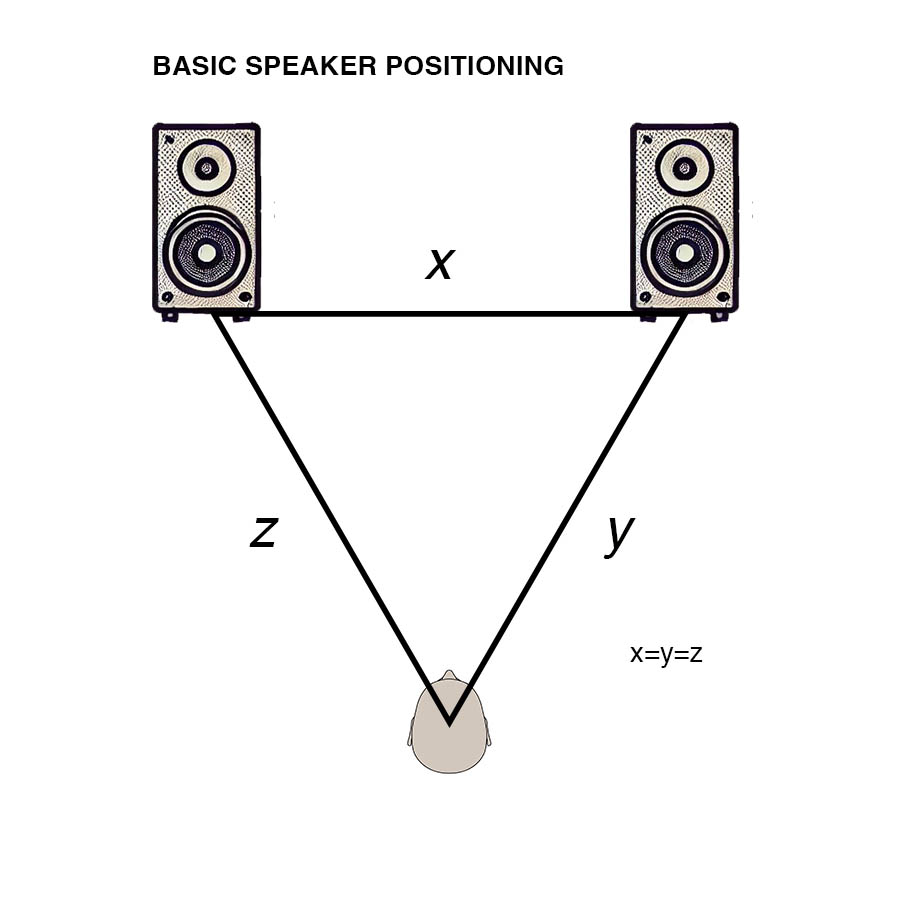
Adjusting for Different Speaker Types: While the triangle placement system is a good starting point, different types of speakers require different setups.
For instance:
- Dipole or open baffle speakers often need more space behind them to allow for their rear sound wave to interact effectively with the room.
- Horn speakers may need careful toe-in to balance their more focused sound projection.
- Bookshelf speakers can sometimes benefit from being closer to a boundary for enhanced bass response, but too close can create unwanted resonance.
Manufacturer Recommendations: Many speaker manufacturers provide their own placement suggestions that take into account the design of the speaker. Always refer to the user manual or the manufacturer’s website for these recommendations. These guidelines often include specific distances from walls or ideal angles for the best performance.
Small Changes, Big Differences: It’s important to remember that even small adjustments in placement can make a significant difference in the sound quality. Moving a speaker an inch or two forward, backwards, or to the side can impact the balance of bass, midrange, and treble. Once the basic triangle setup is achieved, experiment with minor changes to find what sounds best in your room.
The triangle system is an effective starting point for loudspeaker placement, but room acoustics, furniture, and personal preferences all play a role in achieving the ideal sound. Taking the time to experiment with small changes can transform a good audio setup into an exceptional one.
READ MORE ARTICLES IN THE AUDIO COMPANION SERIES

























































